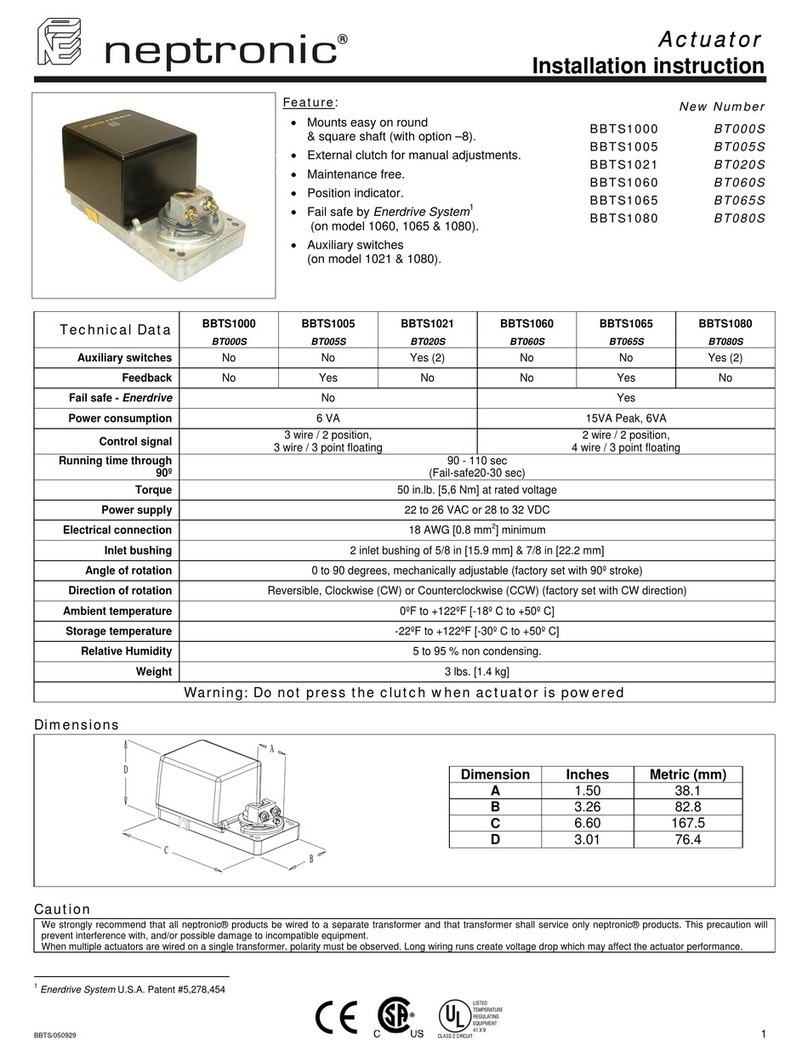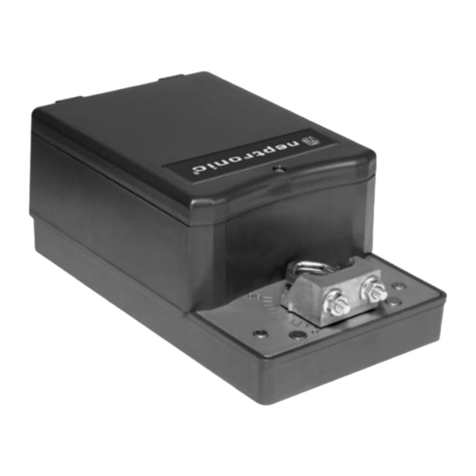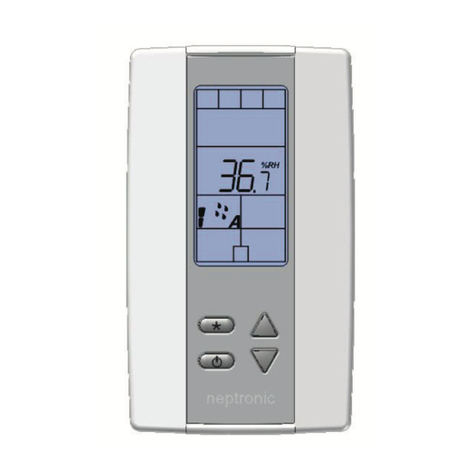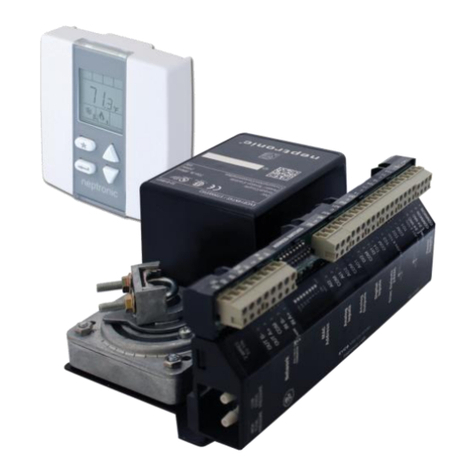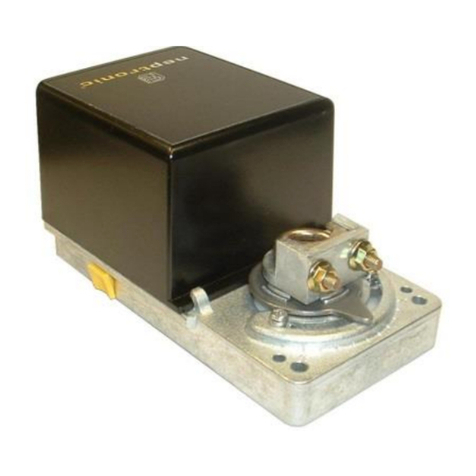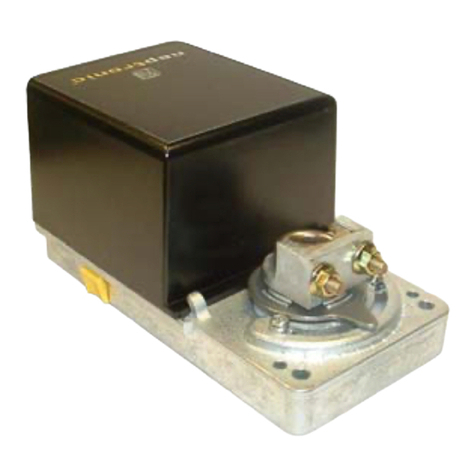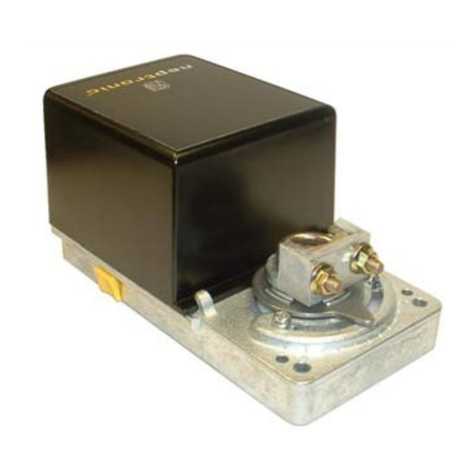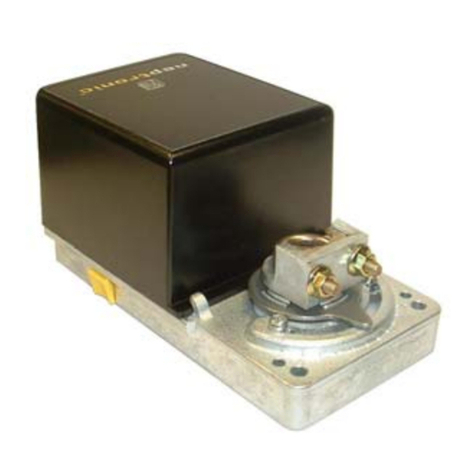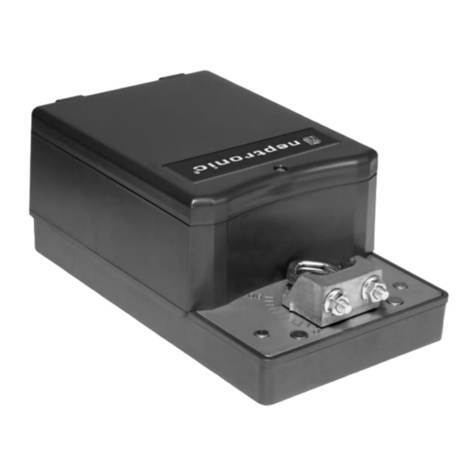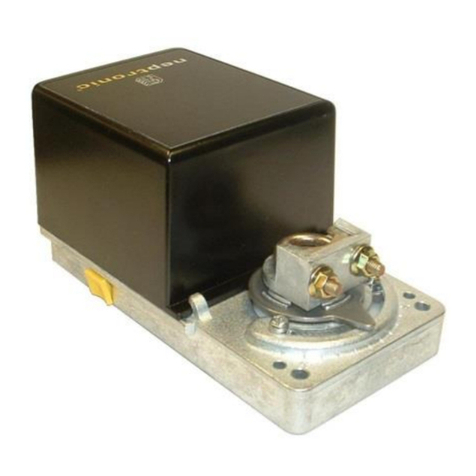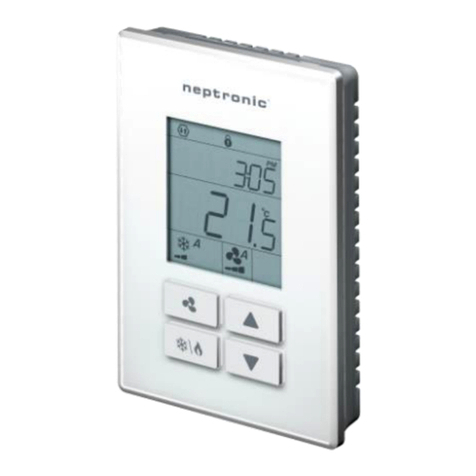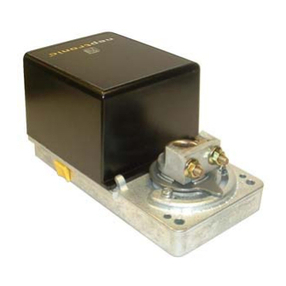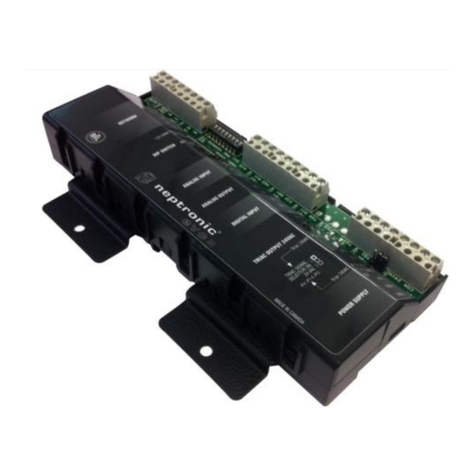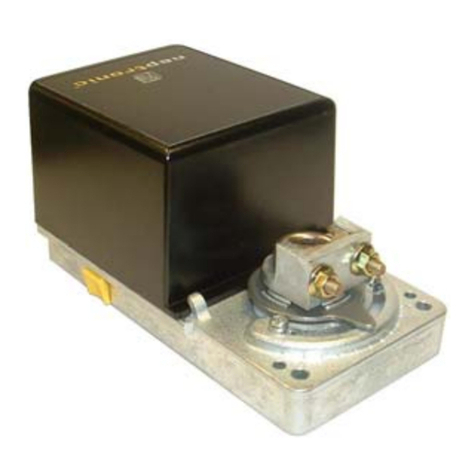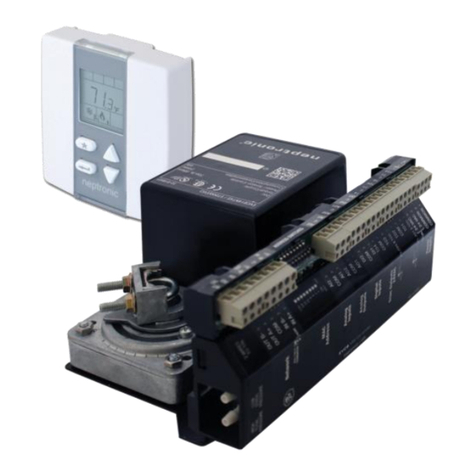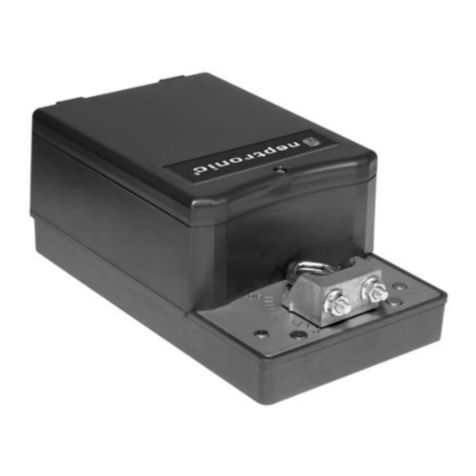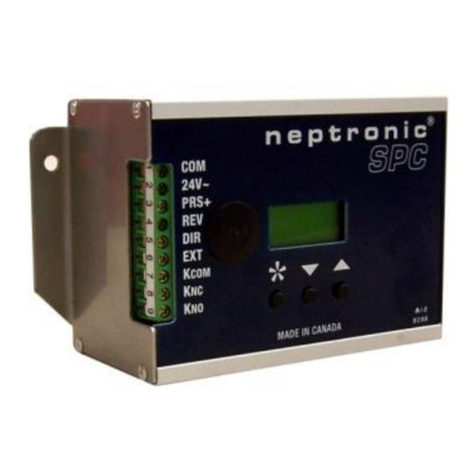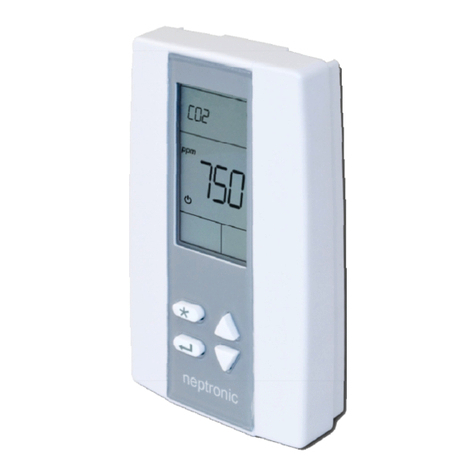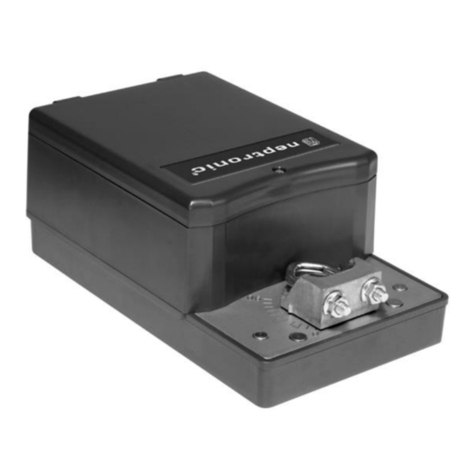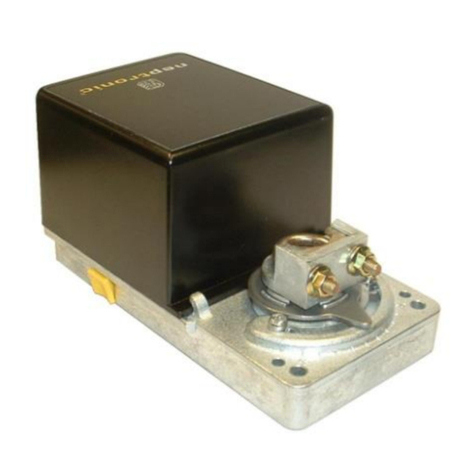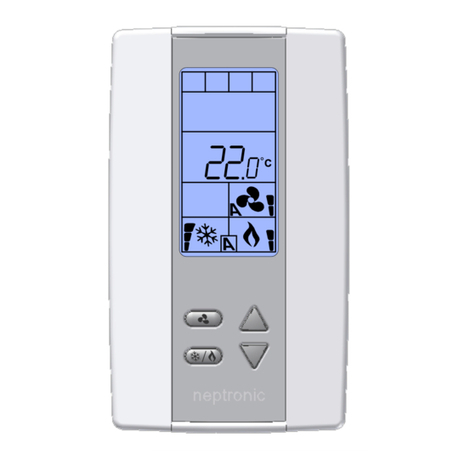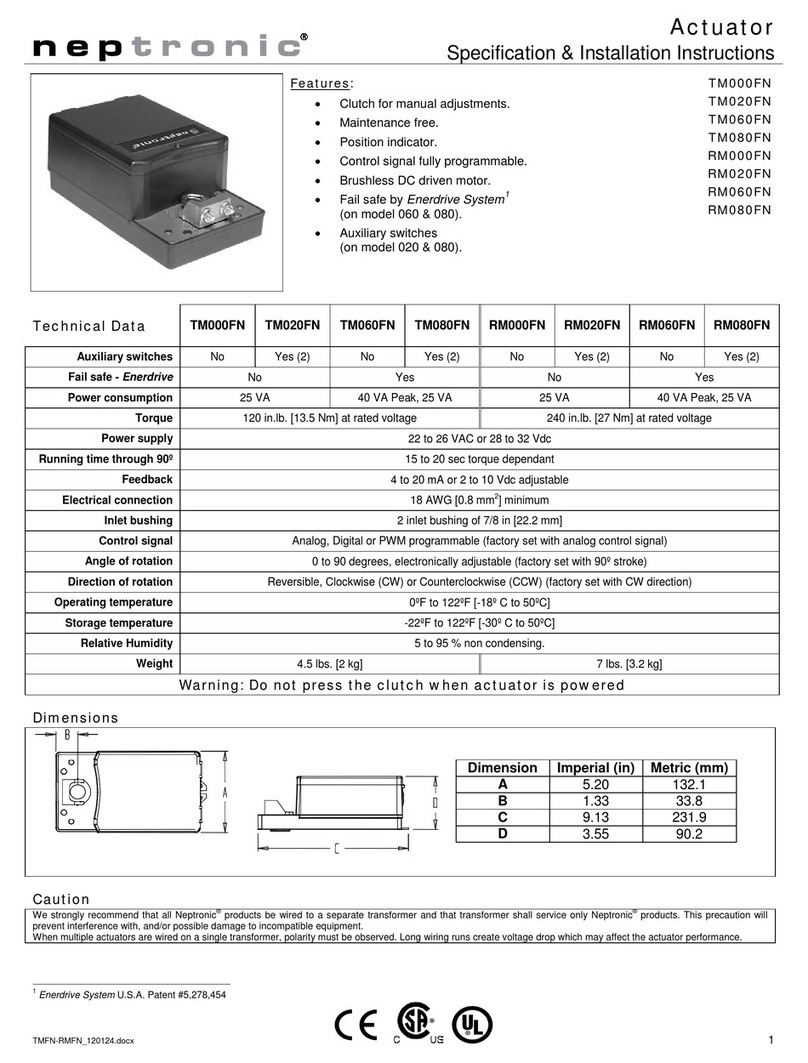Hr1 (Heating Ramp 1)
Cr1, Cr2, Hr1, Hr2 (heat with fan), Hr2 (heat without fan), CH1, HU, CO2, 6W, dto, OFF, COr
Select the desired signal from the available options. The AO2 input signal has priority over AO3.
•Cr1 (Cooling Ramp 1) or Cr2 (Cooling Ramp 2). The Cr1 and Cr2 ramps are used for cooling. If selected, the controller
performs cooling based on the cooling proportional, integral, and dead band values.
•Hr1, Hr2 (heat with fan), or Hr2 (heat without fan). The Hr1 and Hr2 ramps are used for heating. If selected, the controller
performs heating based on the heating proportional, integral, and dead band values.
•CH1 (Cooling and Heating). If selected, the controller performs cooling regularly. If another output is set to heat, it
performs heating regularly.
•HU (Humidify). If selected, the controller modulates the output based on the humidify demand.
•CO2 (Carbon dioxide). If selected, the controller will activate or deactivate the output based on carbon dioxide levels.
•6W (6-way Valve). If selected, the controller will modulate the 6-way valve depending on the heating or cooling demand.
•dto (Delta temperature control). If selected, the controller will modulate the ΔT control based on the inlet and outlet
temperature of the water inside the fan coil unit.
•OFF. If selected, the controller does not use the output.
•COr (Changeover). If selected, the controller will modulate heating and cooling, as appropriate.
If you select OFF, Steps 23 to 26 will not be available.
If you select CH1, Step 27, "Minimum Cool 1 Heat 1 Percent" will be available.
If you select FAN, Step 28, "Fan Spd Signal" will not be available.
This option does not appear if the signal ramp for AO3 is set to OFF (Step 22, “AO3 Ramp”). Select the desired minimum voltage
(“zero” value) for the AO3 ramp. The minimum value is restricted by the maximum value at Step 24, “AO3 Maximum Voltage”. In
other words, the minimum value should be less than the maximum value.
24. “AO3 Maximum Voltage”
This option does not appear if the signal ramp for AO3 is set to OFF (Step 22, “AO3 Ramp”). Select the desired maximum
voltage (“span” value) for the AO3 ramp. The maximum value is restricted by the minimum value at Step 23, “AO3 Minimum
Voltage”. In other words, the maximum value should not be less than the minimum value.
